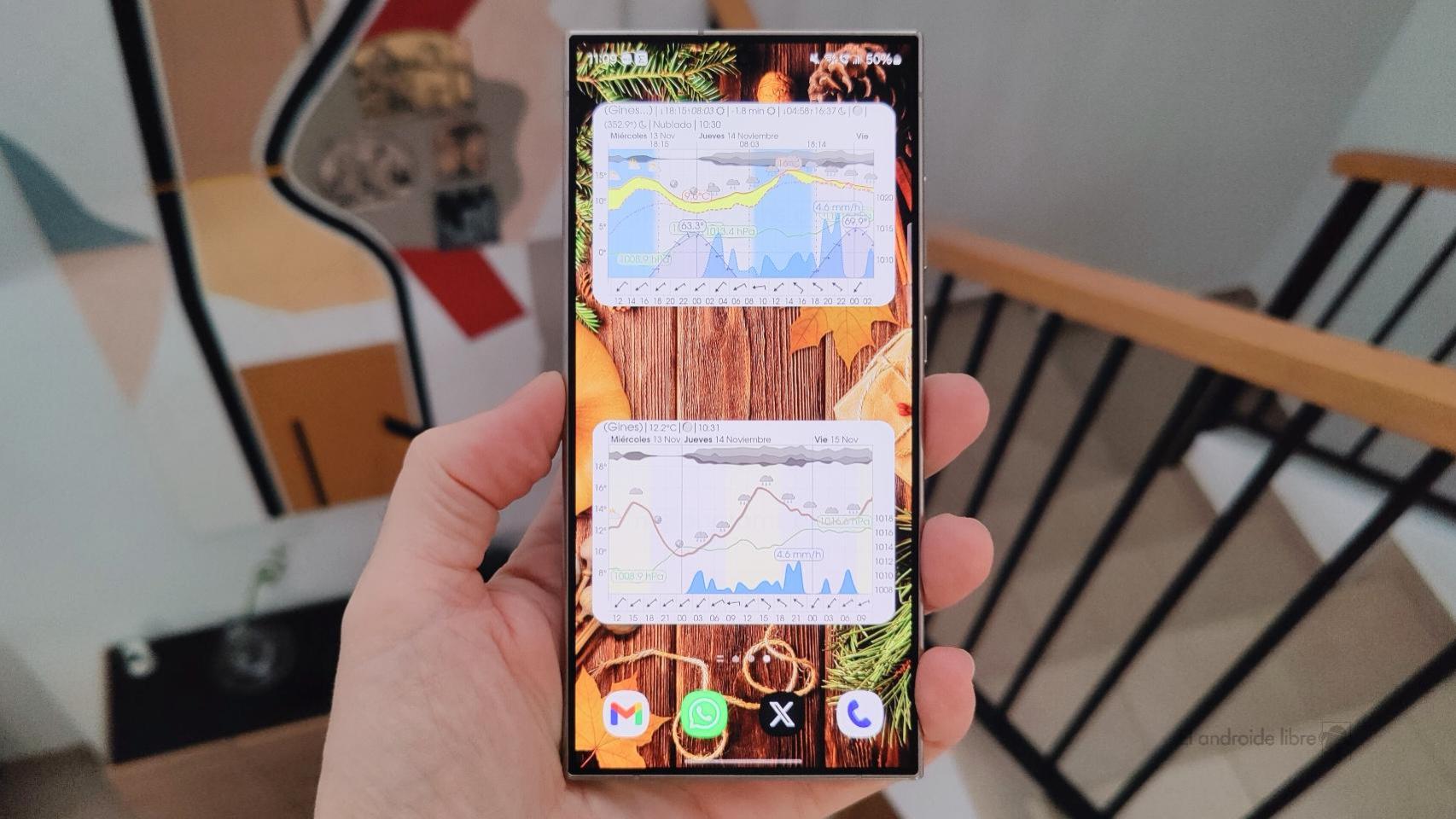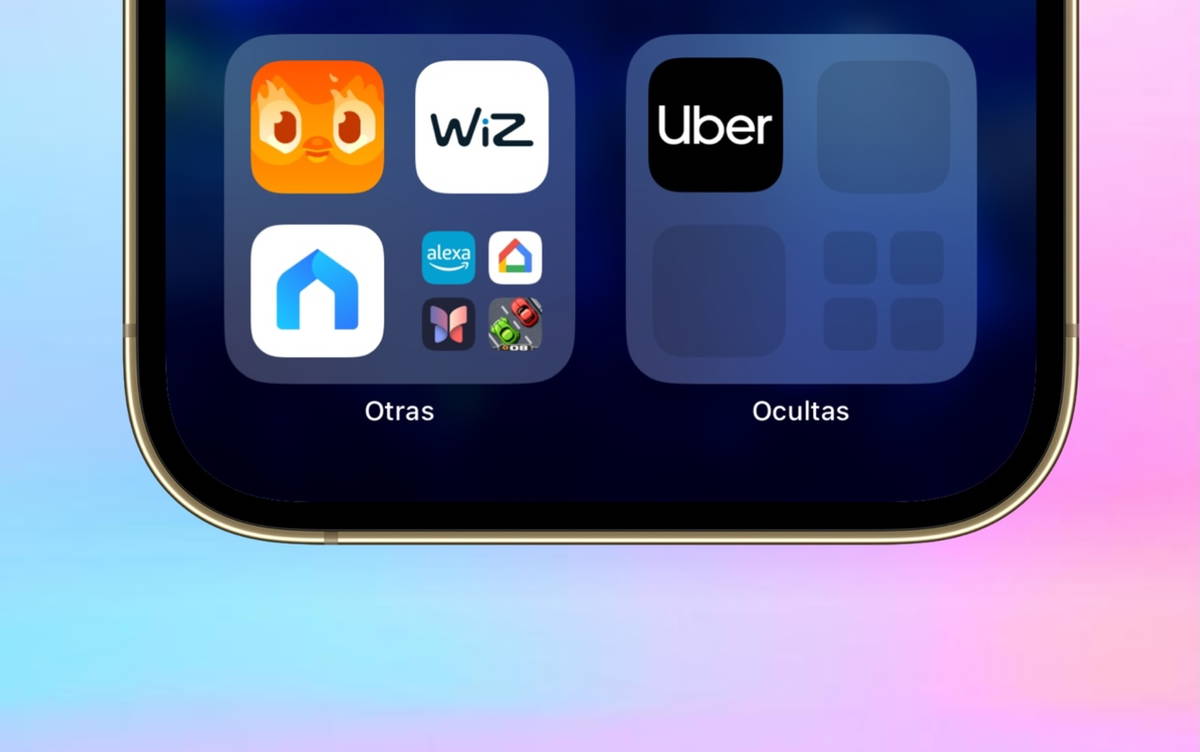The physical buttons could have their days numbered: Apple plans to remove them on the iPhone 15.

In recent weeks, a lot of information has arrived about the next iPhone 15. After even Apple itself confirmed the arrival of USB-C on its next iPhone, we receive information about a very important change that could affect the iPhone: the removal of physical buttons
As reported by Ming-Chi Kuo, Apple plans to remove the physical buttons present on the iPhone since the first generation and replace them with tactile buttons with haptic vibration. Instead of buttons, we would have a tactile surface to press that would send back a vibration to simulate a buttonsimilar to the Home button released on the iPhone 7.
My latest investigation indicates that the volume buttons and power button of two new high-end iPhone 15/2H23 models may adopt a solid-state button design (similar to the home button design of the iPhone 15/2H23). ‘iPhone 7/8/SE2 and 3) to replace the physical / mechanical button layout.

iPhone 15 may no longer have physical buttons
Three Taptic Engine for new buttons
Kuo predicts that this change will occur in high-end iPhone models, so we understand it could be exclusive to the iPhone 15 Pro. Apple needs more Taptic Enginetherefore we will have two new ones on the sides of the device.
There will be Taptic Engine located on the inner left and right sides to provide haptic feedback so users feel like pressing physical buttons.
(1/6)
My latest investigation indicates that the volume button and power button of two new high-end iPhone models iPhone 15/2H23 may adopt a solid-state button design (similar to the home button design of iPhone 7/8/SE2 & 3) to replace the physical/mechanical button design.—Ming-Chi Kuo (@mingchikuo) October 28, 2022
It is certainly an interesting option, so much so that Kuo predicts that Android brands will eventually adopt this novelty as well
It’s a technology that Apple has used for many years. It was first on the iPhone 7 that it replaced the physical button with a solid one with vibration, but it’s also something we have available on Mac trackpads, which also simulate pressing with vibration.
that remains to be seen if Apple keeps the current buttons but without movement, or if we simply have hollow areas in the side frames that simulate the area of the buttons on which we must press. What is clear is that this could make the iPhone more expensive to manufacture.







